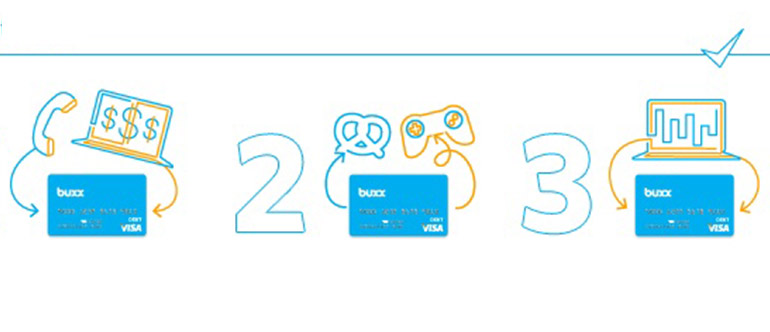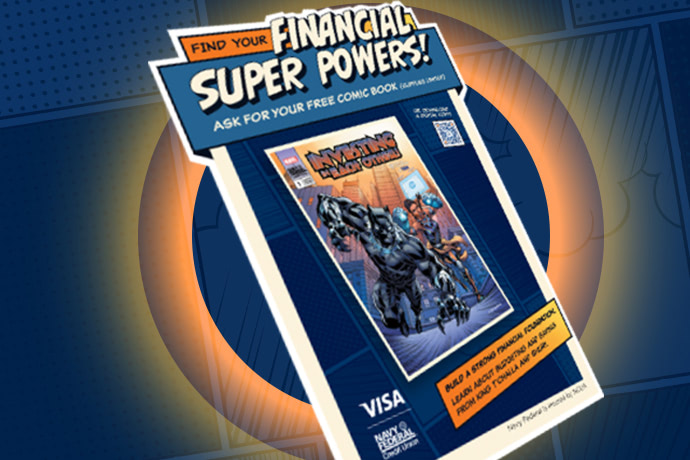How Prepaid Cards Can Teach Teens Financial Skills and Keep Seniors’ Accounts Secure

It’s not often that we can relate financial services to Greek mythology, but I am going to try. The Riddle of Sphinx asked, “What walks on four legs in the morning, two legs in the afternoon, three legs in the evening and no legs at night?” The answer, of course, is a person, but the bigger lesson is that both early and late in life we are not fully upright. And so it is with our financial lives. (See what I did there?)
Prepaid debit cards have long been treated as “starter” payment products for teens and young adults. They allow for limited risk because cardholders can’t spend money that they do not have. Teens who are still learning how to manage their financial lives can avoid running up too much debt, and their parents can be in control of how much money they can access. Case in point: the Visa Buxx card which bills itself as “The right card for teens.” Parents load the funds, teens use the card and both can track the spending.

So Buxx gives teens, who are still “crawling” in their financial lives, a path to walk on their own and manage their finances in the future.
But what about those who need an extra leg to lean on? For seniors, there is the True Link Prepaid Visa® Card, marketed as “The card that keeps watch so you don’t have to.” True Link is designed to give the adult children of seniors control over spending in the same way that the Buxx card does. Funds are loaded onto the account, which can be used by the senior wherever Visa is accepted, and spending can be tracked by both parties online. True Link touts some extra control features like text alerts, capping spending over certain amounts and blocking transactions in specific categories.

Buxx and True Link are two products that essentially do the same thing, but for different reasons and for different targets. While Buxx is trying to help teens learn better spending habits so they can walk on their own, True Link aims to protect seniors and keep them from falling down by becoming victims of scams and fraud. The product structures are the same, but they are spun in very different ways.
From a marketing standpoint that makes a lot of sense. The issuers can use the same product configuration and reach different audiences with slightly different messages. About a year ago we noted that an increasing number of banks are introducing prepaid cards to reach the un- and under-banked. So the lesson for these emerging players is that a specialized and targeted message for your existing product can help to connect with specific audiences and give them a reason to buy (and use) your card. It’s much easier to put a new spin on an existing product than to reinvent the wheel.






